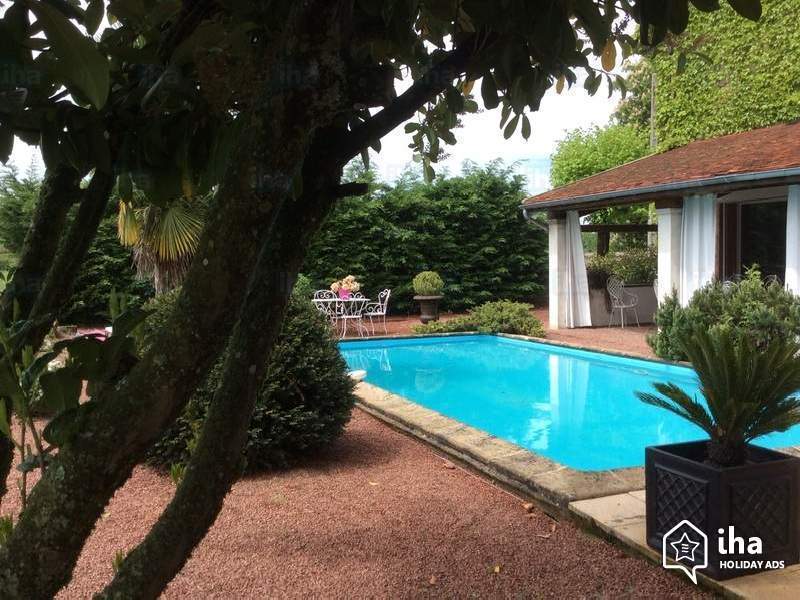Introduction
Maintaining a pool needs a lot of time and effort to work effectively and look well. Because of this, many homeowners usually overlook it as they find the maintenance process too tedious, and instead opt to leave it unused for an extended duration. However, if you often love taking a swim, the pool restoration is necessary throughout each season. The reason for this is exposure to weather elements as well as pool chemicals leads to the fading of pool paint, and when this happens, it is necessary to restore your pool. In this guide, we will highlight the steps to follow during the restoration of your swimming pool. Consequently, it will regain a sparkling look, hence making it safer for you and your family as well as more beautiful. In case you’re looking for an expert that professionally does the job, Pool Deck Resurfacing San Diego is the right contractor for you

1.Take out the debris
Try and remove as much waste as you can, but this can be somewhat tricky when dealing with pool water that is muddy, hence hard to see what is at the bottom. Due to this, you cannot confirm that all the large debris has been taken out to prevent your filtration system from blocking. However, do your best and try not to focus more on the drawbacks you are facing.
2.Drain your swimming pool
You should then proceed and drain all the water that is in the swimming pool, thereby having an easier time inspecting the floor. This is the best technique to clean your pool as it allows you to sanitize its shell, which then kills all the harmful algae. Furthermore, completely draining the pool is recommended as it saves you from having to spend on chemicals only to realize eventually that total draining is required.
3.Inspect the equipment and clear the filter system
The buildup of debris and dirt do not only lead to your swimming pool looking like a complete mess but also block the filtration system. This usually happens due to the filtration system being unused or ignoring the need for regular maintenance. You should try and take out lots of debris and dirt buildup as possible and then run the filter system.
Carefully inspect the filtration system as it removes the collected debris. Repeat this process of cleaning or backwashing the filter numerous times to make sure all unwanted materials have been cleared.
You should then examine whether the filter, heater as well as sanitizer or pump need to be replaced. This typically depends on the duration in which the system has not been restored.
4.Scrub your pool clean
Using a brush, scrub both the floor and walls of your pool to remove the accumulated algae and grime. If you do this thoroughly, the pool paint will appear clearer once you add chemicals and water inside the pool.
5.Get a professional to inspect your pool
It is recommended you have your pool inspected by a professional before refilling it. This is crucial as your swimming pool might have developed issues over time that might require fixing before water is filled back. Some of the issues to inspect include cracks, leaks, and any other damage.
6.Fill up your pool
After confirming that everything is in proper working condition, you should then proceed and have the pool filled with water. Nevertheless, before you do this, first confirm the water has been tested, and you are using the correct chemicals. With the restoration process now complete, you can start using your pool again.
 World inside pictures Collect and share the best ideas that make our life easier
World inside pictures Collect and share the best ideas that make our life easier








